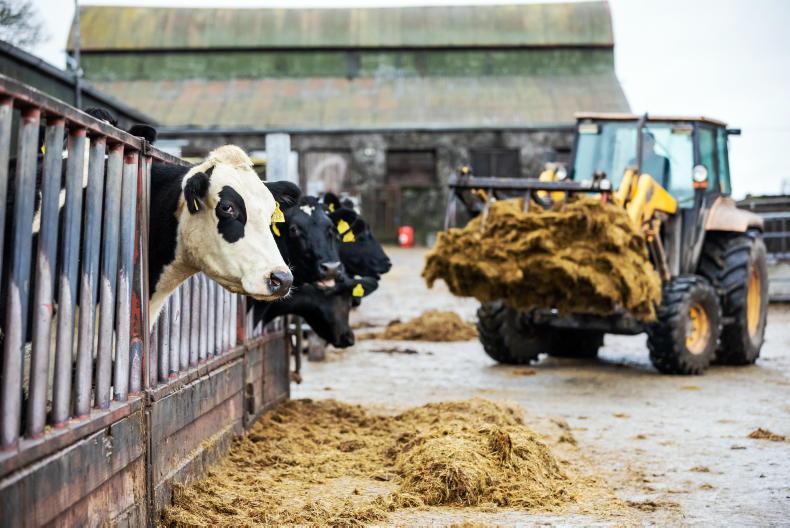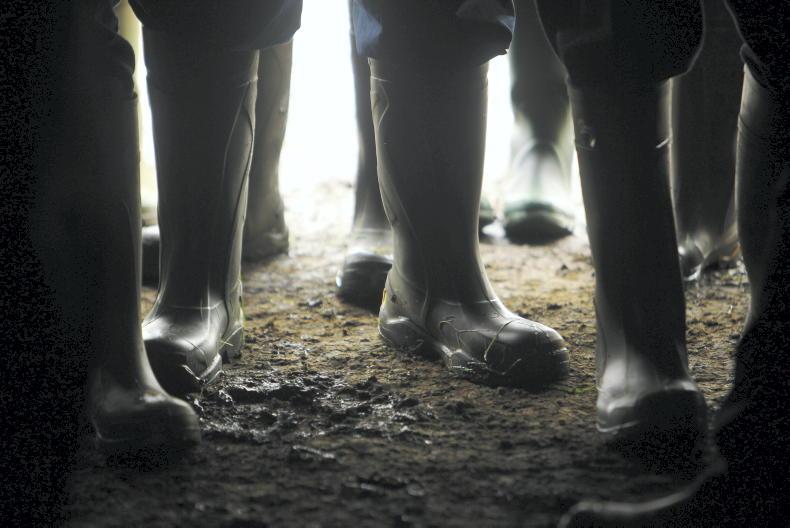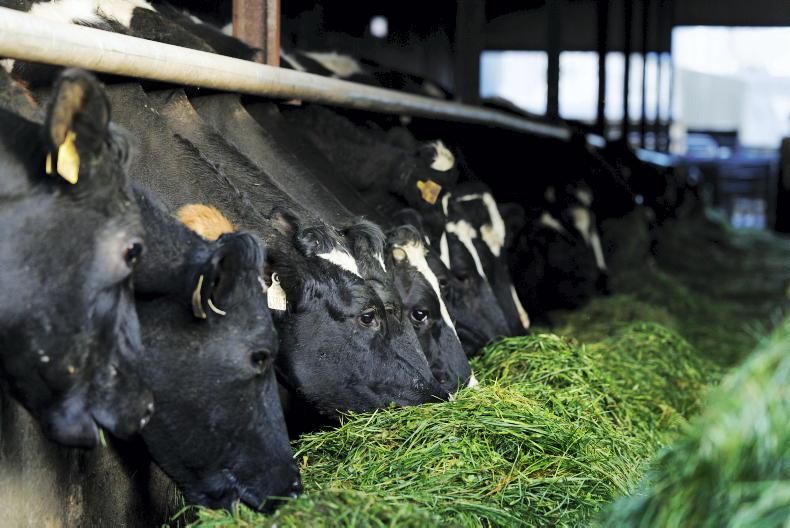In response to questions by the Irish Farmers Journal, the Department of Agriculture has confirmed that 2022 can be used in isolation to determine the nitrate excretion rate.
When the laws around the new nitrates action programme were first published, it was stated that dairy farmers need to use a three-year rolling average to determine average milk yield per cow.
This average milk yield per cow is hugely important, because it determines what excretion rate band each farmer will be in.
Calculation
It is calculated by dividing the total kilos of milk sold to dairy processors divided by the average number of dairy cows on the holding for that year.
The Government has now amended the rules and instead of using a three-year average, they can now opt to use the previous years’ average instead. This decision could be of benefit to farmers on the edge of a band.
For example, the higher band kicks in at 6,500kg milk yield per annum. If a farm averaged 6,600kg/cow in 2020 and 2021 and 6,400kg/cow in 2022, the three-year average would be 6,533kg, meaning they would be in the high band at 106kg N/cow in 2023.
However, in this case, they can now elect to just use 2022 data and because this is less than 6,500kg, they will be classed as being in the middle band at 92kg N/cow - a substantial difference.
Welcomed
There may be other situations whereby for one reason or another a three-year average will work out better than just the previous year, so the ability to select the timeframe will be welcomed by all farmers.
These issues will be discussed in detail at the Irish Farmers Journal nitrates information meetings being held next week in Cavan and Portlaoise.
The Cavan meeting is being held on Tuesday 24 January at Hotel Kilmore starting at 7.30pm.
The Portlaoise meeting is being held at Killeshin Hotel on Thursday 26 January, also starting at 7.30pm.









SHARING OPTIONS